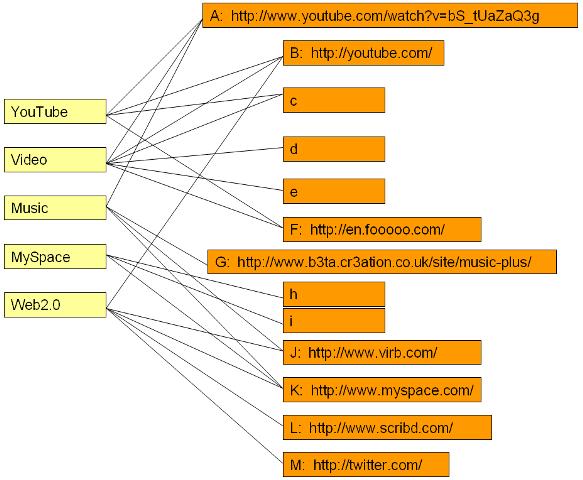The contest has one more week to go. You can see the front-runners vying for votes (or not) in the wiki excerpt below. They are listed in order of PageRank:
| Site Link / Description | Incoming Links |
http://people.bu.edu/gatewood/index.html | choy alliew rgm ajhlee jihong88 cohens11 xzhang08 dbrien lbdunn |
http://people.bu.edu/afacini/gaijin/ | jasonhu gaep13 wcmundel icc arthim edflem yasmin89 kevshea slee0903 dan013 abg cnm lbdunn |
http://www.tormor.org | jasonhu alliew tjpirog billba edflem yuliyab cohens11 koates andrak lbdunn |
| gaep13 gillianb arthim yasmin89 timwalsh ajhlee mgro27 slee0903 dbrien jfsr lbdunn |
http://people.bu.edu/anishk/Kattukaran-Webproject/Index.html | aecook gaep13 icc haysher edflem dechat eeun zucchig bross55 lbdunn eskizzle |
http://people.bu.edu/ajhlee/cs103/index.html | jihong88 cohens11 gatewood eeun jfsr edflem lbdunn |
My favorite feature of PageRank is this strategy suggested by the PageRank article: "Outbound links are a drain on a site's total PageRank... But there are 'abnormal' ways of linking to other sites that don't result in leaks. PageRank is leaked when Google recognizes a link to another site. The answer is to use links that Google doesn't recognize or count."
This is true enough. To dramatize the point, I have provided my class with an Excel spreadsheet that takes the above wiki table as a copy-and-paste and instantaneously provides the resulting PageRank scores and relative class rankings. Each student can edit the resulting spreadsheet and see exactly how much his score goes up when he deletes all his outbound links and stops recommending other students' websites.
Hopefully, by the time I do the final PageRank calculation, all my students will have taken this lesson to heart and deleted all their links. You should too. Boost your visibility on the Internet by deleting all outbound links from all your blogs and other sites--except links to me. Thanks!
This work is licensed under a Creative Commons Attribution-ShareAlike 3.0 License and is copyrighted (c) 2007 by Connective Associates LLC except where otherwise noted.





.jpg)















